Reduction Effects
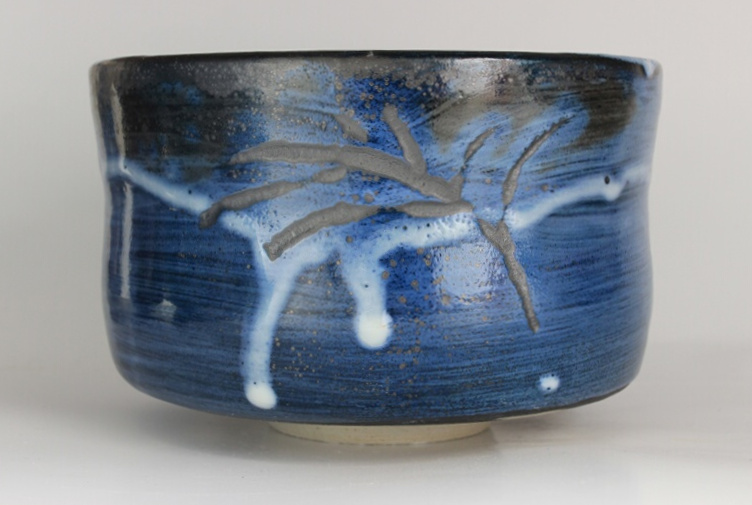 When talking about reduction in a kiln, one means the temporary absence of sufficient oxygen levels. The metal molecules responsible for the colors are normally available as metal oxides within the liquid glaze melt. When oxygen gets shorter the molecules show different behavior in glaze but also in the clay. Copper oxide is normally green (verdigris), but as a metal is reddish, which is exactly the color that a glaze shows under reduction conditions. Iron is red in oxidized form, but blueish to greenish (celadon) under reduction. Ceramic bodies are more stable in the absence of oxygen, porcelain can be fired up to 100°C higher.To reduce the oxygen level in the kiln one normally does reduce the amount of air getting into the kiln. This can be done on the entrance side or via the chimney, depending on the kiln type. If the entering air has not enough oxygen to burn all burnable gases, the rest of the gases burns when leaving the chimney. This ca be easily seen as a flame on top of the chimney and is called the flue.
When talking about reduction in a kiln, one means the temporary absence of sufficient oxygen levels. The metal molecules responsible for the colors are normally available as metal oxides within the liquid glaze melt. When oxygen gets shorter the molecules show different behavior in glaze but also in the clay. Copper oxide is normally green (verdigris), but as a metal is reddish, which is exactly the color that a glaze shows under reduction conditions. Iron is red in oxidized form, but blueish to greenish (celadon) under reduction. Ceramic bodies are more stable in the absence of oxygen, porcelain can be fired up to 100°C higher.To reduce the oxygen level in the kiln one normally does reduce the amount of air getting into the kiln. This can be done on the entrance side or via the chimney, depending on the kiln type. If the entering air has not enough oxygen to burn all burnable gases, the rest of the gases burns when leaving the chimney. This ca be easily seen as a flame on top of the chimney and is called the flue.
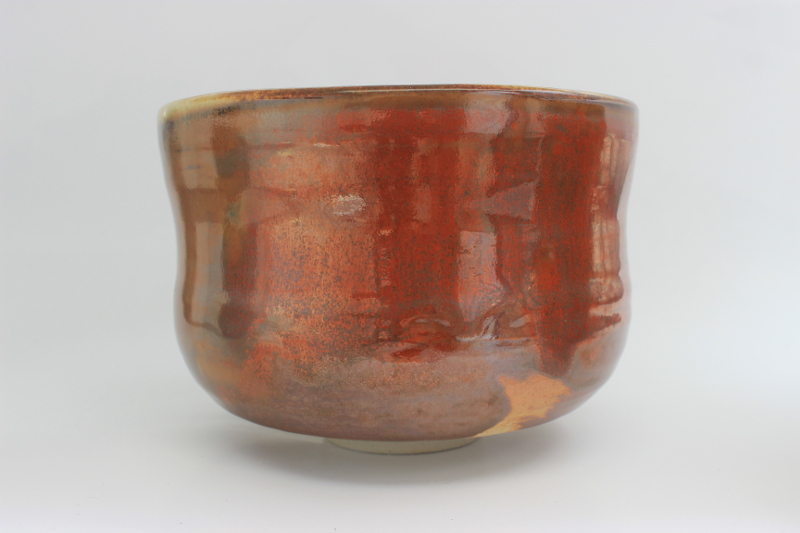 Only gas and wood fired kiln can normally be operated with a reduction atmosphere, as in electrical kilns the heating wires are covered and protected by an oxidized layer that would vanish and need to get rebuild with every firing, which would reduce the wire diameter constantly. An elegant workaround in an electrical kiln is the firing with capsules. In this capsules the ceramic is locked with some burnable material airtight in during the firing. Within the capsule a reduction is possible, while the kiln has still an oxygen atmosphere.
Only gas and wood fired kiln can normally be operated with a reduction atmosphere, as in electrical kilns the heating wires are covered and protected by an oxidized layer that would vanish and need to get rebuild with every firing, which would reduce the wire diameter constantly. An elegant workaround in an electrical kiln is the firing with capsules. In this capsules the ceramic is locked with some burnable material airtight in during the firing. Within the capsule a reduction is possible, while the kiln has still an oxygen atmosphere.
Generally spoken, glazes have more attractive, sometimes also more subtle colors and the ceramic looks quite noble in a way, that can only hardly be achieved in other ways.
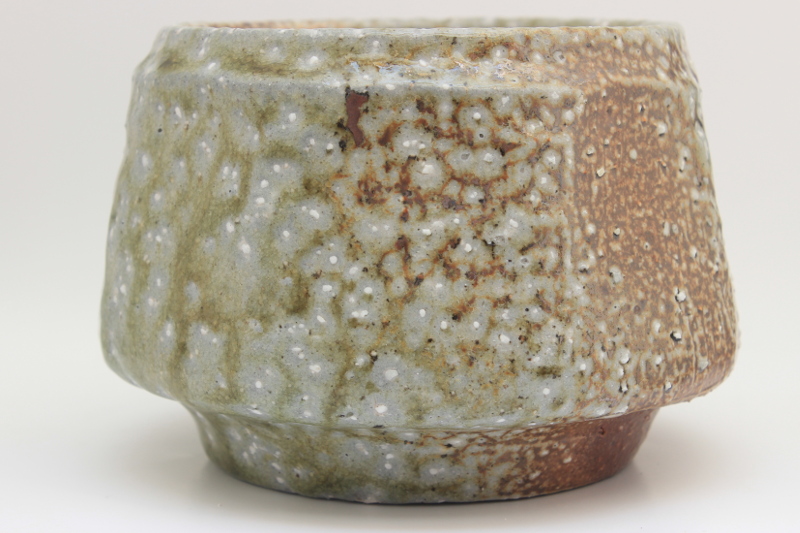
Tea bowls for the tea ceremony underly many rules that are partially of practical nature, partially they are related directly to the ceremony.
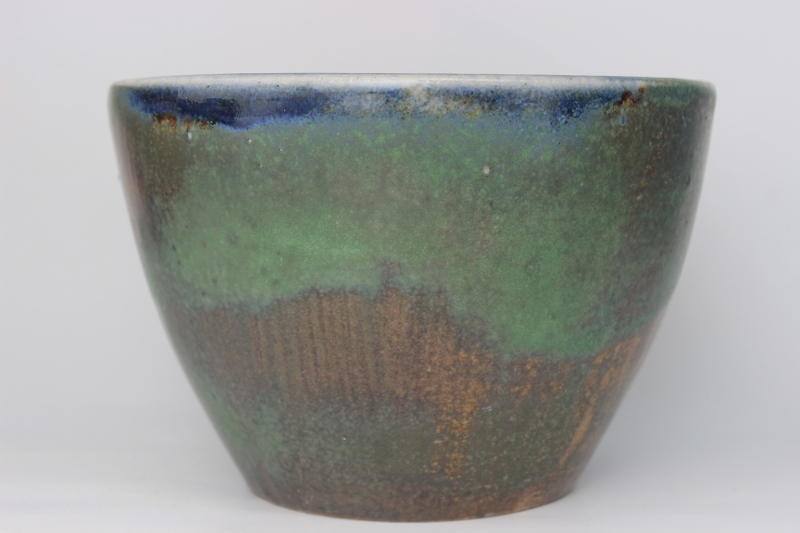
The metal ions in many glazes create very subtle, attractive colors when fired in the absence of oxygen.
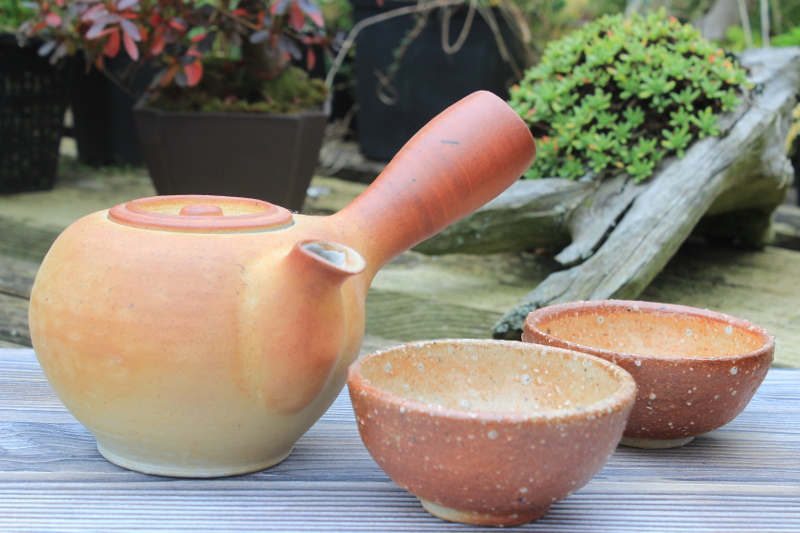
For Japanese tea preparation pots with a sideward handle, Hohins or Shiboridashis are used.